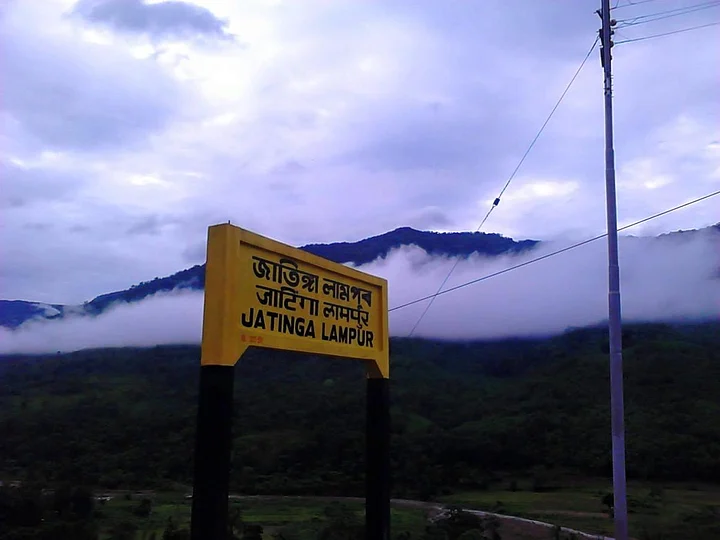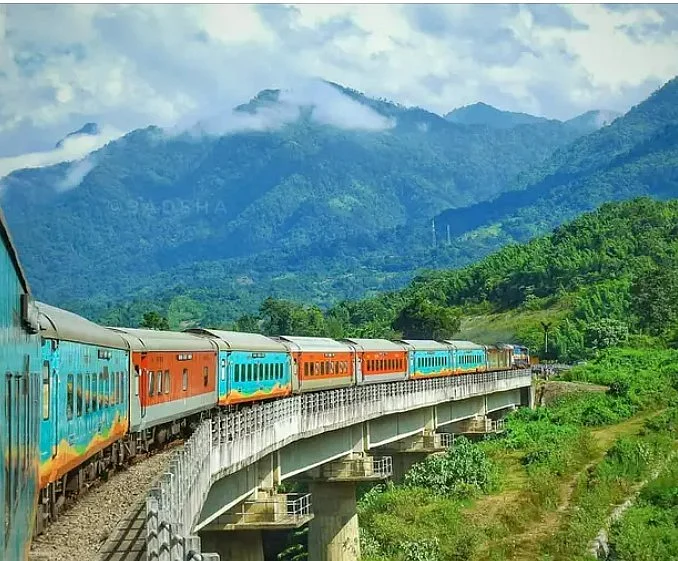Illustrations: Vibhushita Singh
Jatinga, a small village in the Borial Hills range in Assam is also known as the 'Valley of Death' because of a strange phenomenon that happens nowhere else no earth.
On dark, foggy, monsoon nights – from September to November –hundreds of birds, local and migratory, fly at a very high speed, crashing into the ridge, trees, and buildings and drop dead.
But...
These birds are diurnal, meaning, they are only active in the day. So, why would hundreds of them fly at night?
Villagers say the birds only crash along a 1.5 km strip, not the whole ridge.
In the first episode of The Quint's new series 'India Unsolved', where we decode theories behind unresolved mysteries, we look at the theories behind mass bird 'suicides' in Jatinga.
- 01/02
Jatinga
(File photo)

- 02/02
Jatinga
(File photo)

Theory 1: Evil Spirits
Bizarre as it sounds, villagers believe that evil spirits drive the birds to 'suicide'. In fact, entry into Jatinga, an otherwise breathtaking hill station, is even prohibited at night.
But there's no way to prove this theory scientifically. Also, why would spirits just haunt birds and not humans or other animals?
Theory 2: Bad Weather
Ornithologists say that during monsoon, when Assam is flooded, birds are forced to migrate to a better habitat. Flying over Jatinga, which experiences high winds and dense fog, these birds get disoriented, crash, and drop dead.
But this theory doesn't explain why these diurnal birds would fly or migrate at night.
Theory 3: Magnetic Pull
Dr Sudhin Sengupta from the Zoological Survey of India, who extensively recorded bird behaviour in Jatinga, had said that during monsoons, water percolating through rocks raise underground water level, affecting magnetic and electrical characteristics of the ridge. This possibly disturbs the sleeping birds and makes them restless to take flight. When flying over Jatinga, magnetic properties of the ridge affect their nervous system.
This theory sounds convincing but still doesn't explain the 1.5 km strip. So, here's a phenomenon that is haunting Jatinga every year, for decades... But the reason behind still remains a mystery!

